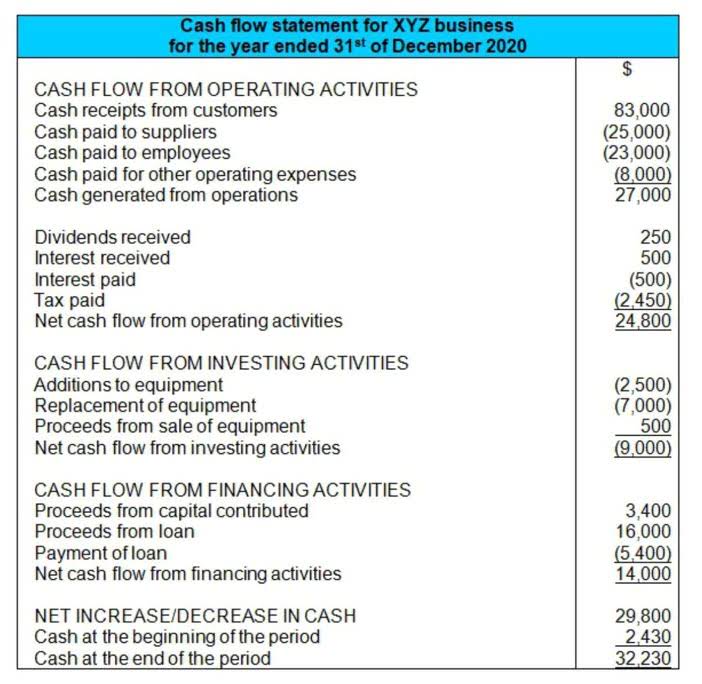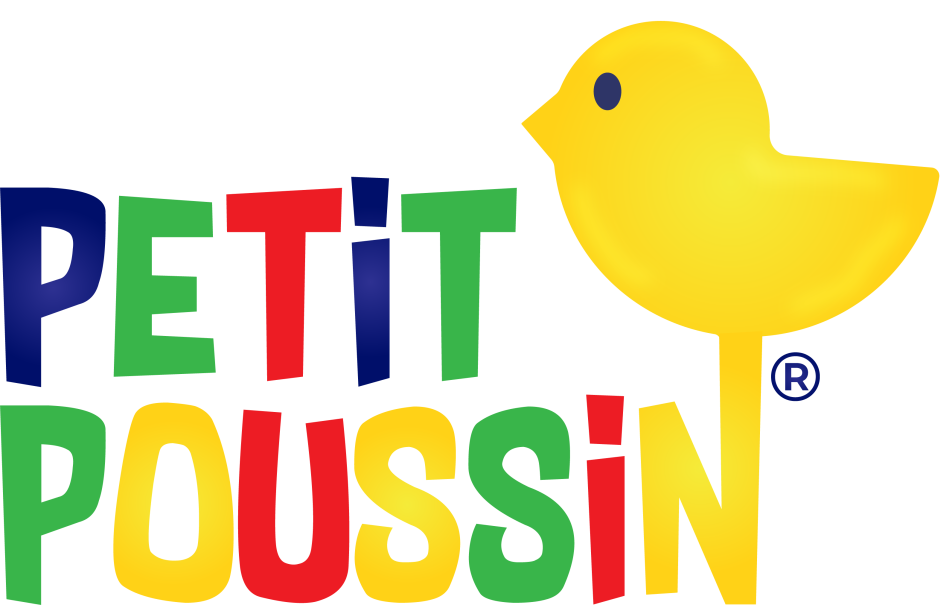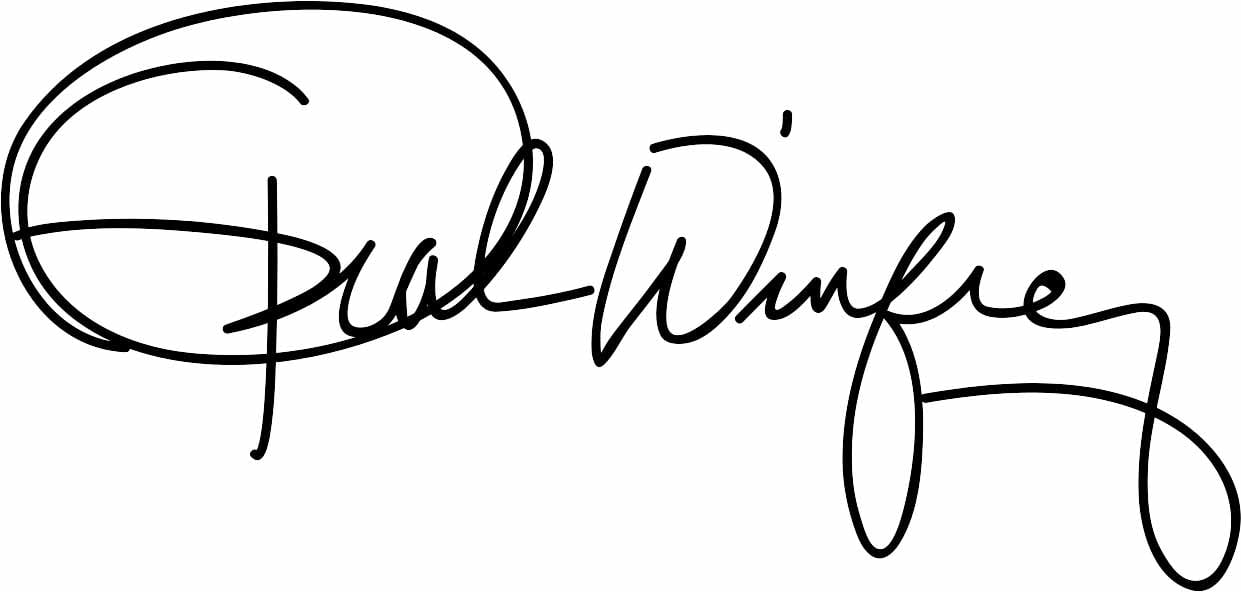
Suppose a business identifies an amount of 200 due from a customer as irrecoverable as the customer is no longer trading. If the amount is Bookkeeping for Consultants not collectible, it needs to be removed from the customers accounts receivable account, and this is achieved with the following direct write-off method journal entry. While the direct Write-Off Method is straightforward, it requires careful implementation to ensure it serves the company’s interests without compromising the integrity of its financial reporting.

What Is the Difference Between the Direct Write-Off and Allowance Method?
So, use it wisely, understand its limitations, and be prepared to switch to a more precise method as your business matures. As a direct write off method example, imagine that a business submits an invoice for $500 to a client, but months have gone by and the client still hasn’t paid. At some point the business might decide that this debt will never be paid, so it would debit the Bad Debts Expense account for $500, and apply this same $500 as a credit to Accounts Receivable.
- This can be particularly problematic if large amounts of debt are written off in a single accounting period, as it can significantly distort a company’s profitability and financial stability.
- To better understand the answer to “what is the direct write off method,” it’s first important to look at the concept of “bad debt”.
- This entry does not immediately affect cash flow but anticipates future losses, smoothing out expenses over time and adhering to the matching principle.
- It does so with a $2,000 credit to the accounts receivable account and an offsetting debit to the bad debt expense account.
- Generally Accepted Accounting Principles (GAAP) require companies with a large amount of receivables to estimate future uncollectible amounts at the end of each current accounting period.
- The allowance method is the more generally accepted method due to the direct write-off method’s limitations.
Direct Impact on Income Statement
The firm is taking regular follow-ups with the Company’s directors, to which the directors are not responding. The firm then debits the Bad Debts Expenses for $ 5,000 and credits the Accounts Receivables for $ 5,000. The firm partners decide to write off these receivables of $ 5,000 as Bad Debts are not recoverable. Bad Debts Expenses for the amount determined will not be paid directly charged to the profit and loss account under this method. The direct write-off method is used only when it is inevitable that a customer will not pay.
- This account estimates the amount of accounts receivable that may not be collected.
- This method, used for accounting for bad debts, involves writing off uncollectible accounts receivable directly against income at the time when they are deemed non-recoverable.
- The direct write-off method does not run on the assumption that a certain invoice could remain unpaid, and therefore, it does not adhere to the Generally Accepted Accounting Principle (GAAP)’s matching principle.
- For example, consider a company that sells $10,000 worth of goods in December but does not receive payment.
- This entry removes the receivable from the books and records the expense in the income statement.
The Direct Write-Off Method: Understanding Bad Debt Management in Accounting

With the allowance method, the business can estimate its bad debt at the end of the financial year. Rather than writing off bad debt as unpaid invoices come in, the amount is tallied up only at the end of the accounting year. To better understand the answer to “what is the direct write off method,” it’s first important to look at the concept of “bad debt”. The direct write off method of accounting for bad debts allows businesses to reconcile these amounts in financial statements. While the Direct Write-Off Method is simple and aligns with tax reporting requirements, it is not without its drawbacks.
📆 Date: June 28-29, 2025🕛 Time: 8:30-11:30 AM EST📍 Venue: OnlineInstructor: Dheeraj Vaidya, CFA, FRM
When the firm makes the bad debts adjusting entry, it does not know which specific accounts will become uncollectible. Thus, the company cannot enter credits in either the Accounts Receivable control account or the customers’ accounts receivable subsidiary direct write-off method ledger accounts. If only one or the other were credited, the Accounts Receivable control account balance would not agree with the total of the balances in the accounts receivable subsidiary ledger.
The generally accepted accounting principles or GAAP require that all revenue costs must be expensed in the same accounting period. This means that when the loss is reported as an expense in the books, it’s being stacked up on the income statement against revenue that’s unrelated to that project. Now total revenue isn’t correct in either the period the invoice was recorded or when the bad debt was expensed. Companies commonly use either credit sales or the age of AR balances as the basis for their allowance estimates. The percentage you use will depend on the specific factors that affect your business, such as financial data from prior years.

This method is appealing to small businesses or those with minimal bad debt occurrences, as it simplifies the accounting process. By writing off bad debts only when they become apparent, businesses can avoid the complexities of estimating future uncollectible amounts. This can be beneficial for companies with limited resources or those that prefer a more direct approach to financial management.

What does Coca-Cola’s Form 10-k communicate about its accounts receivable?
- The direct write off method involves charging bad debts to expense only when individual invoices have been identified as uncollectible.
- There is no need to estimate bad debts or create allowance accounts, making the process straightforward and less time-consuming.
- This section will delve into the principles, applications, and implications of the Direct Write-Off Method, providing you with a comprehensive understanding necessary for Canadian accounting exams and professional practice.
- Under the allowance method, an estimate of the future amount of bad debt is charged to a reserve account as soon as a sale is made.
- The direct write-off is prohibited under GAAP because it violates the matching principle, which requires that every transaction impacting one account, such as inventory, be matched with another account, such as cash.
- This method adheres to the matching principle, ensuring that bad debt expenses are recognized in the same period as the related sales.
- Since you only write off confirmed losses, it’s easier to justify your write offs to the IRS or your tax advisor.
While the direct write-off method may offer simplicity, it poses significant risks and challenges for financial analysis. It is crucial for stakeholders to understand the limitations of this method and to approach financial statements with a critical eye, especially when direct write-offs are involved. The future of financial analysis lies in more predictive and accurate methods of accounting for bad debts, which can provide a truer representation of a company’s financial position and performance. Implementing the allowance method can enhance the accuracy of financial reporting by smoothing out income fluctuations. As bad debts are anticipated and accounted for in advance, the income statement reflects a more consistent portrayal of a company’s financial health. This consistency can be beneficial for stakeholders, such as investors and creditors, seeking to evaluate a company’s operational efficiency and predict future cash flows.
Impact on Financial Statements
Without crediting the Accounts Receivable control account, the allowance account lets the company show normal balance that some of its accounts receivable are probably uncollectible. Because customers do not always keep their promises to pay, companies must provide for these uncollectible accounts in their records. The direct write-off method recognizes bad accounts as an expense at the point when judged to be uncollectible and is the required method for federal income tax purposes.


